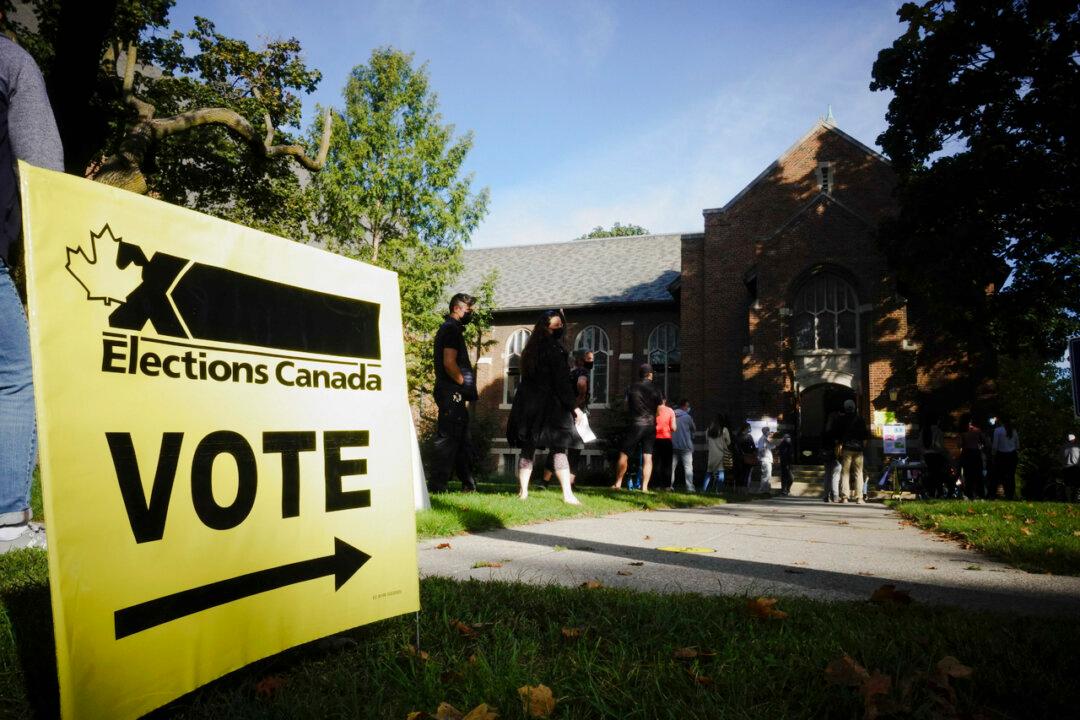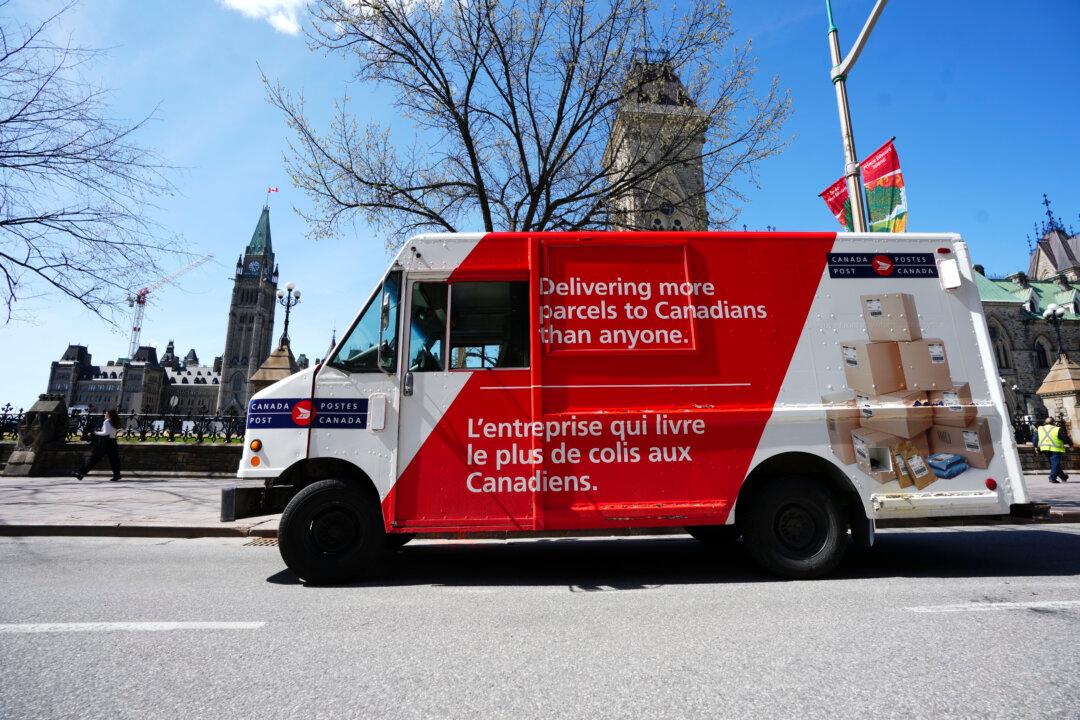Prime Minister Justin Trudeau rolled out the Canada Dental Benefit, or national dental care plan, during his visit to Western University’s dental school on Dec. 1. “This is all part of our plan to make life more affordable for Canadians,” the PM said triumphantly. He firmly believes this program will curry favour with the general public.
While the Liberals initiated this rollout and took full credit, national dental care is, and has always been the NDP’s domain.
Most Canadians rejected the NDP’s costly, ineffective national dental care proposal. The Liberals’ Canada Dental Benefit shows exactly why.
The Liberal plan, similar to the NDP’s, focuses on families earning less than $90,000 a year. If they don’t have private insurance, the government’s new benefit will provide up to $1,300 over two years for any child in the household under 12.
This seems simple and straightforward for low-income families in need. Until you start to dig into the plan a bit, that is.
While 65 percent of Canadians reportedly had dental insurance pre-pandemic to cover “part or all” of the costs, “fully one-third of Canadians had no such coverage and were far more likely to avoid seeking care because of the cost.” For low-income and modest-income families, their “unmet dental care needs can lead to pain, reduced employability and poor health and well-being.”
Alas, Robson, Schirle, and Tedds correctly pointed out that eligibility “is based on a family’s income from the previous tax year.” To qualify for this dental care benefit in 2022-23, “adjusted net family income reported in 2021 is used to determine eligibility.” In the case of a family who had “high income in 2021 and then experienced a large negative income shock in 2022 through job loss, family separations, or other causes will have to wait for the 2024 benefit year to become eligible.”
That’s a long, frustrating gap between an out-of-pocket payment to a dentist and the repayment of the benefit.
Families who want to receive the Canada Dental Benefit must already be receiving the Canada Child Care Benefit. “Although tax-filing requirements are not written into the dental benefit legislation,” the professors wrote, “tying the benefit to current receipt of the CCB will mean that parents must file a tax return to get access to the new dental benefit. We know this is something not all parents do.”
Parents also can’t be covered by other dental plans. Those who use existing federal and provincial plans “are still eligible for assistance with out-of-pocket expenses not covered by the public plans.”
Nevertheless, it remains difficult “for any parent to figure out what is or isn’t available to them through existing programs. Each province and territory has its own mix of programs, and sorting through their details appears to be a challenging hurdle for families.” This may “create confusion” for parents and “result in delayed payment of support.”
As well, the Canada Revenue Agency will be in charge of running this new benefit.
“While the CRA has ways to verify adjusted net-family income and to determine CCB eligibility,” the authors noted, “it has no information on what dental coverage families have.” Families will have to keep pertinent information and receipts on hand for years to deal with the verification process, audits, and the like. The CRA will “act on the legal expectation that they ‘verify’ once a claim has been made with orders to repay or face penalties. It can’t do otherwise.”
The Liberals’ national dental care plan seems destined to be costly, ineffective, and unable to deal with the unmet needs of low-income families. It’ll be as painful as a tooth filling, and as pleasurable as root canal surgery.





